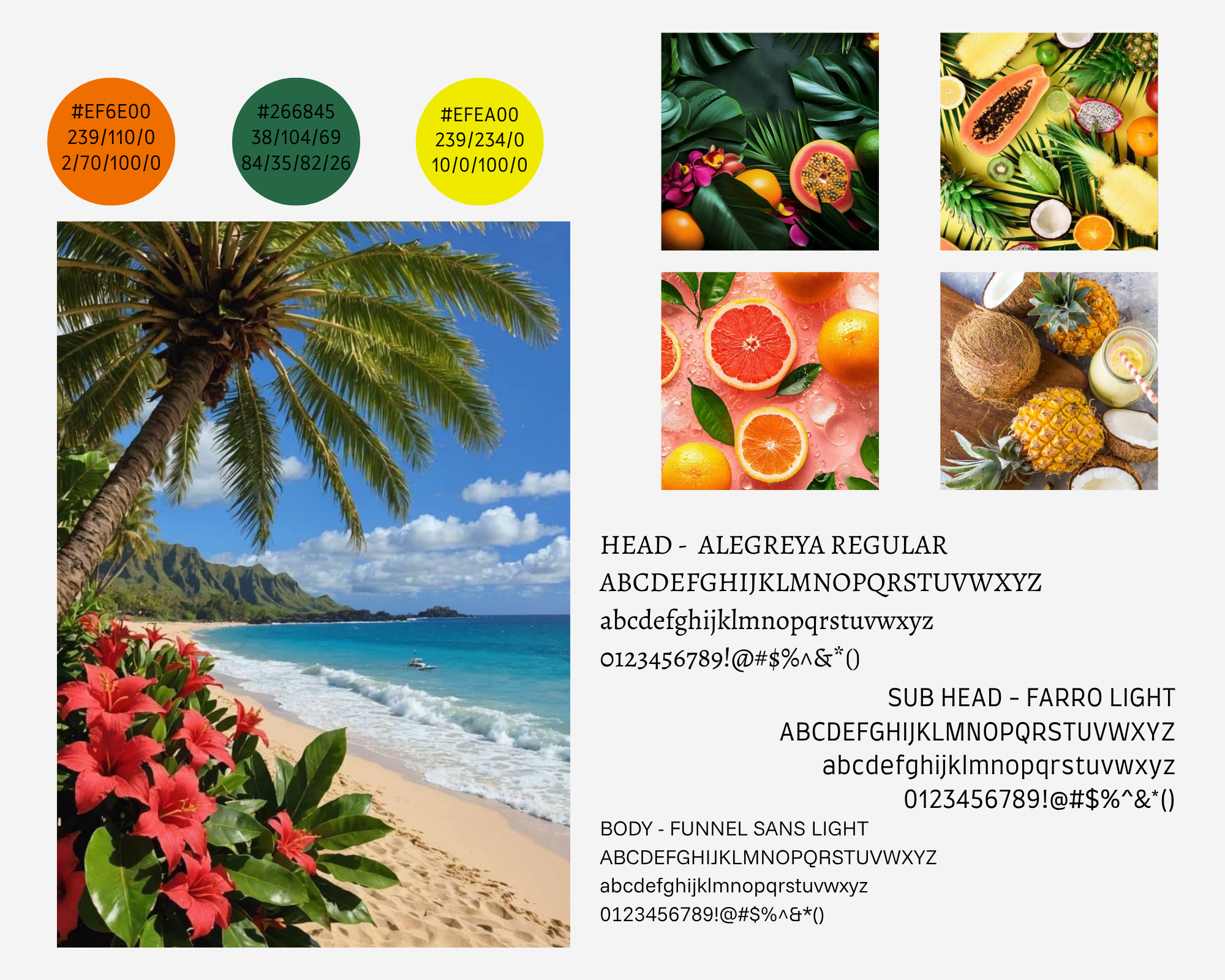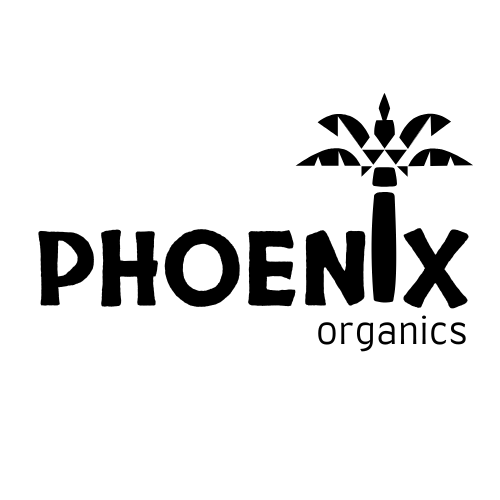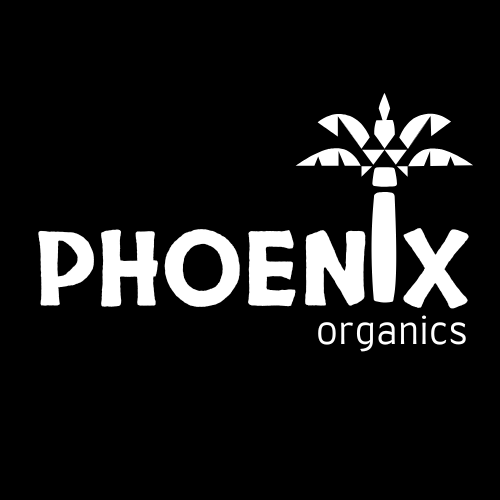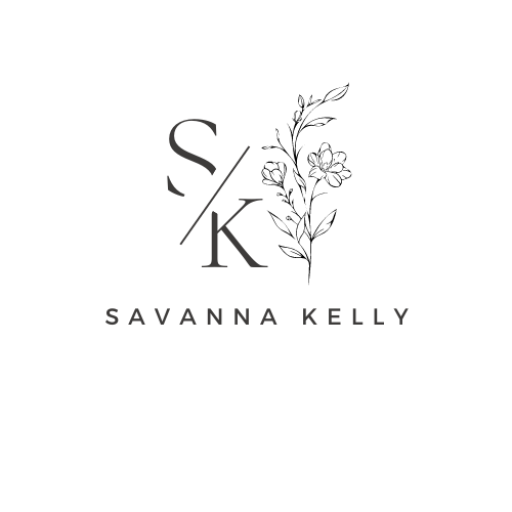Case Study
Pheonix Organics
What started as New Zealand’s first organic Ginger Beer has become an organic favorite. In a random garage in 1986, three friends came together to form what is now known as Phoenix Organics. They wanted something that was natural and organic, including the recycled beer bottles in which they packaged their beverage in. Today, the brand offers a variety of drink options, including soda, juices, non-alcoholic sparkling juice, and water – which also sparkles! Their parent company, The Better Drink Co., features other organic drinks like Charlie’s and Lipton. What sets Phoenix Organics apart is its partnership with organizations dedicated to cleaning up our planet. More specifically, they have been a founding partner with Sustainable Coastlines since 2014.
In 2025, Phoenix Organics rebranded its logo to a new and modern design. This comes after the brand lost its identity due to confusing marketing, resulting in a decline in sales. The company’s new logo features modern typography and basic colors, while retaining elements from its original 1986 design.
Phoenix Organics Brand Video
Strengths:
- Been in business for almost 40 years.
- Meaningful backstory.
- Involved with Sustainable Coastlines.
- Their mission is to serve organic products while helping the environment.
- “Organic/Natural” lifestyle is a new trend.
- Acknowledged their problems and changed to a modern look.
- Socials are “aesthetically pleasing”
Weaknesses:
- Don’t have their own website.
- No consistent marketing strategy.
- Brand Awareness.
- Physically sells to the UK and Australia, while other countries (such as the United States) have to go through third-party websites.
- People might associate the name with a product rather than a beverage.
- Not seeing much growth since the rebrand.
Opportunities:
- Partnerships with influencers and other brands that share a passion for the environment.
- Have pop-up events in special events and festivals.
- Outreach to other countries and reach a wider audience.
- Create Blogs and Content about an organic and environmentally friendly lifestyle.
- Product development in snacks, apparel, souvenirs, etc.
- Campaign development.
Threats:
- Pricing compared to larger brands.
- Potential GMO laws make it harder to produce organic products.
- The market is becoming crowded with other organic companies.
- Managing supply chain costs and availability.
Mood Board Incorporating tropical colors used in the original logo.

Competitor types: Craft Sodas, Kombucha, Artisanal Juices
Brand Competitors: Coca-Cola Company/Honest Tea, Charlie’s organics, Budaberg Brewed Drinks
The Coca-Cola Company offers a wide variety of beverages, including sodas, juices, water, teas, and essentially any type of drink you can imagine. Each brand they own has its own website and marketing tactics, which tend to reach a larger crowd. Additionally, with Coca-Cola being a well-known brand worldwide and its worth being close to $285 billion, it attracts consumer attention more quickly than a lesser-known brand. The Coca-Cola company owned Honest Tea until 2022, which was another large competitor. Honest Tea brand also produced organic juices, sodas, and, you guessed it, tea. In 2022, Coca-Cola dropped the brand so they could focus on similar products that produce a higher profit.
Charlie’s Organics is a beverage company that specializes in sparkling water made with real fruit, free from added sweeteners and concentrates. Similar to Phoenix Organics, Charlie’s uses recycled aluminum to package its products, demonstrating its commitment to environmental health. Although their revenue decreased between 2023 and 2024, they still generated close to $8.5 million by the end of 2024.
Bundaberg Brewed Drinks, established in 1968, is another Australian brand that produces unique ginger beers. Their signature flavors are inspired by fruits, but what separates them is their partnerships with cocktail recipes, which give their branding a broader audience. Locally sourced ginger. Grown since then, it has now branched out its product into bartenders, lites, and is now Australia’s #1 soft drink. In 2022, they are worth $200 million.
Newly designed logo incorporating elements from old logos with a fun, tropical text.


